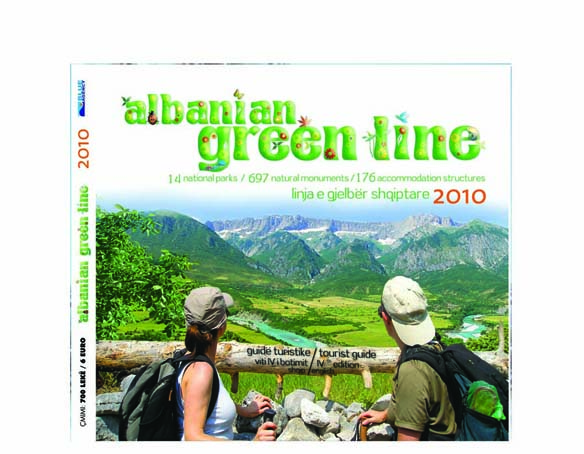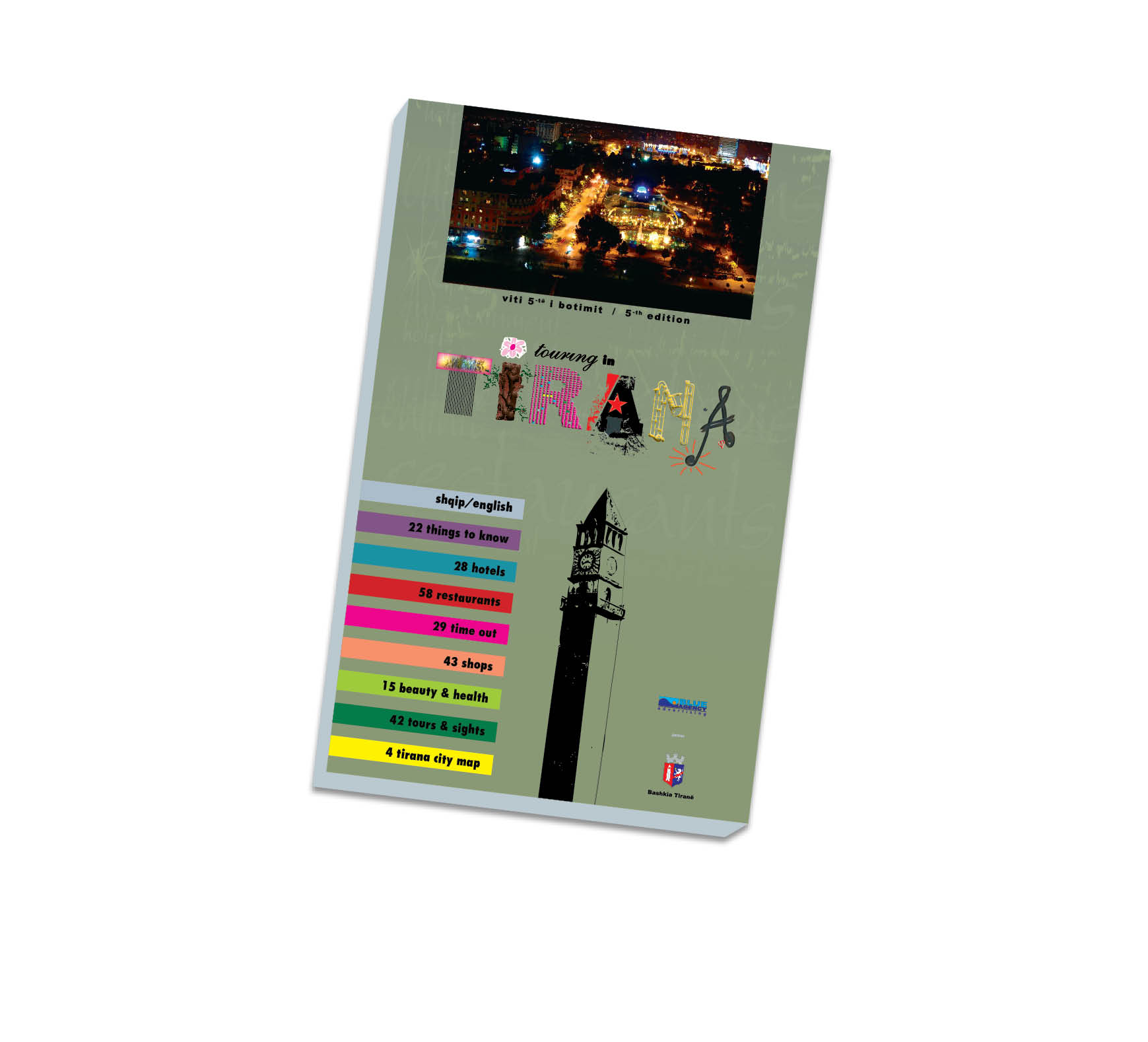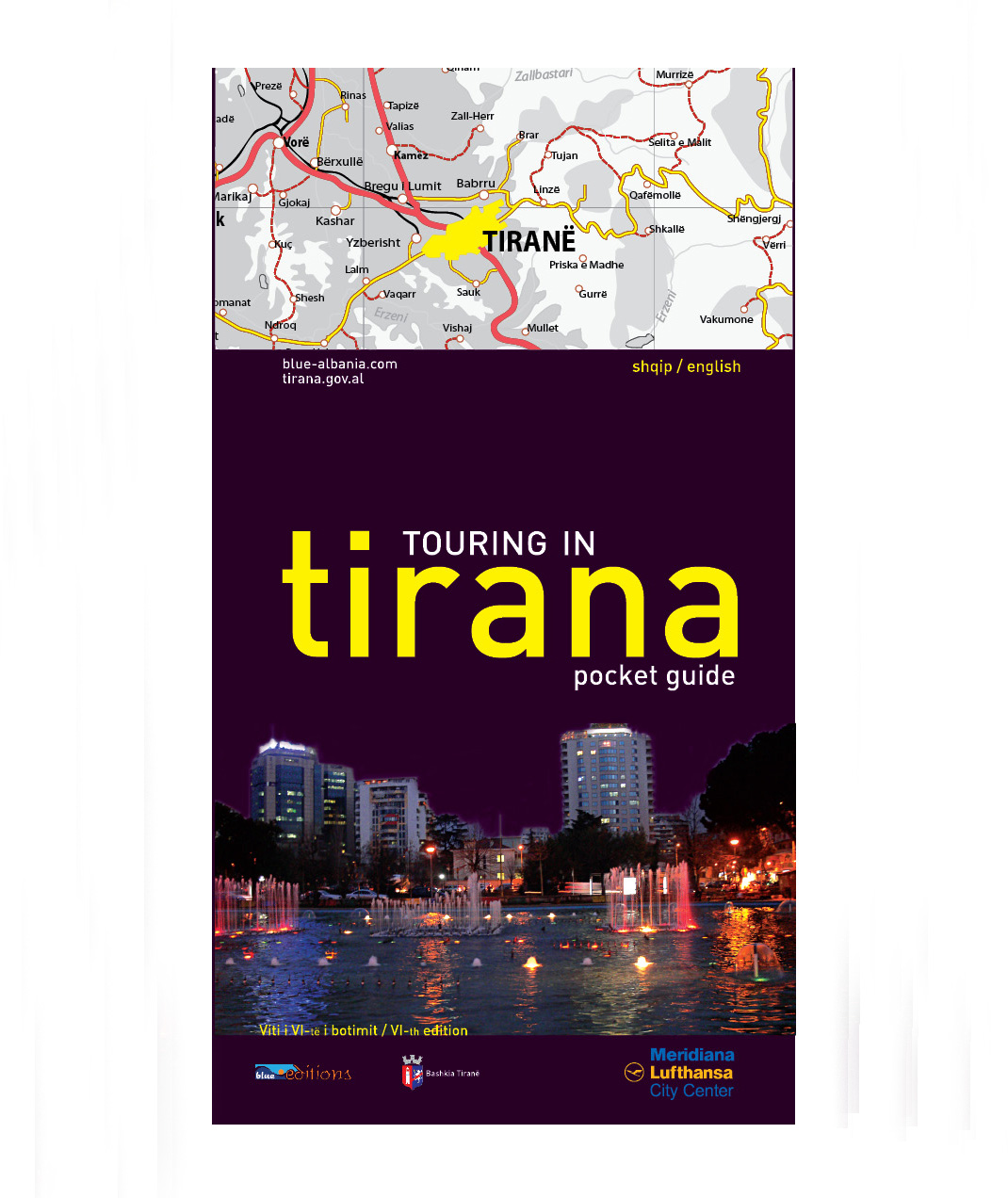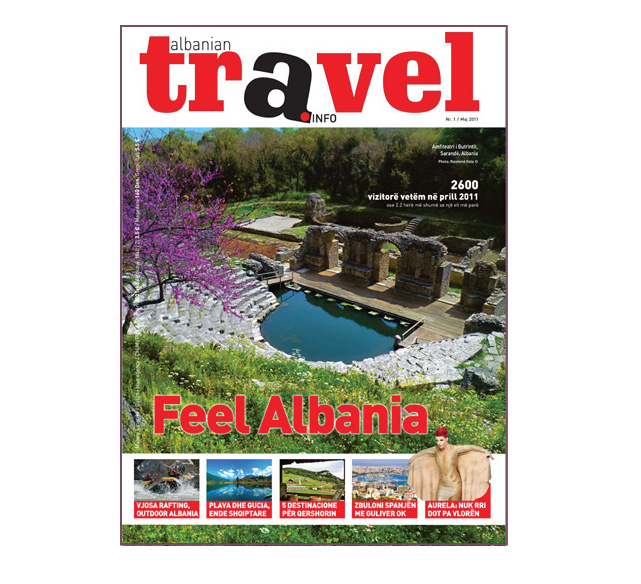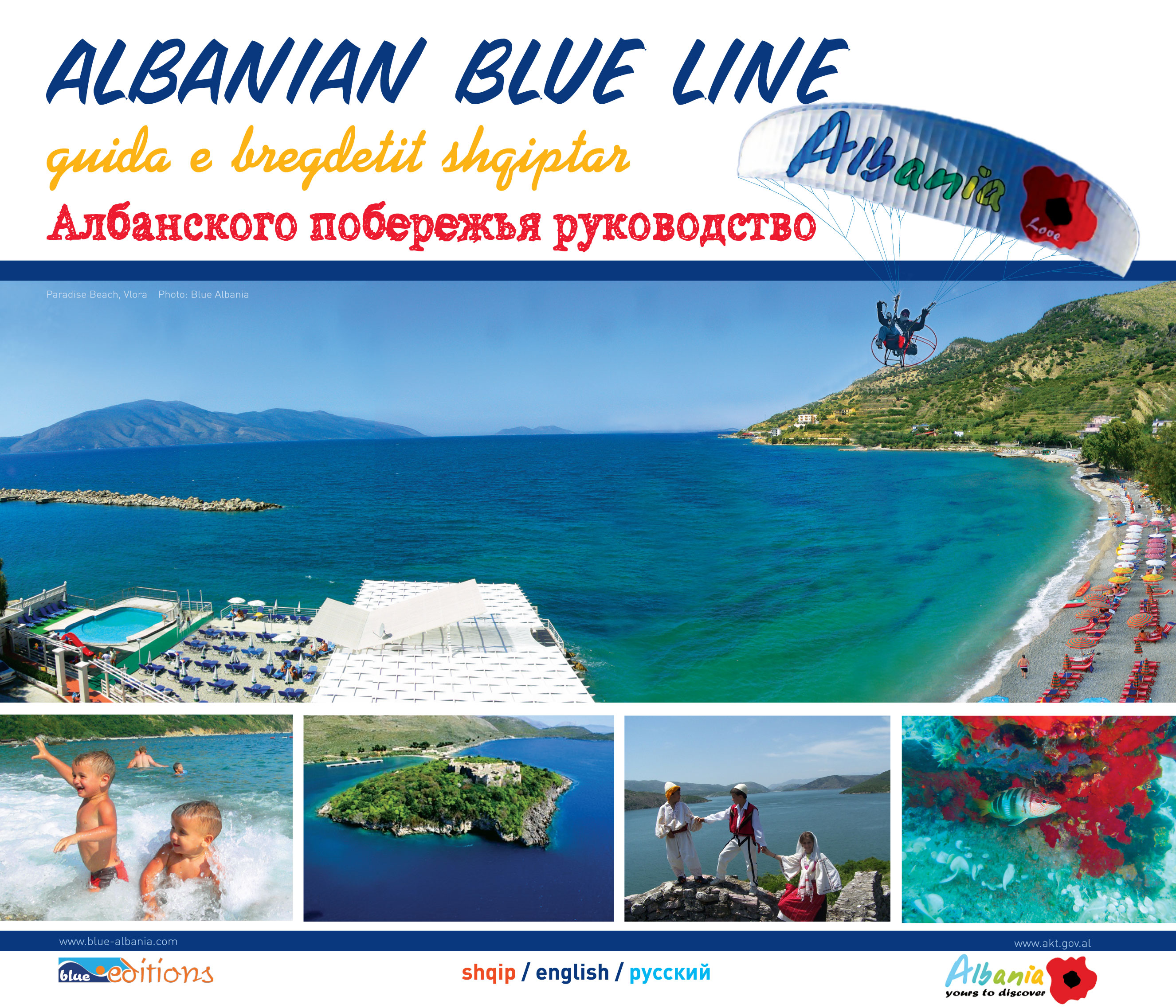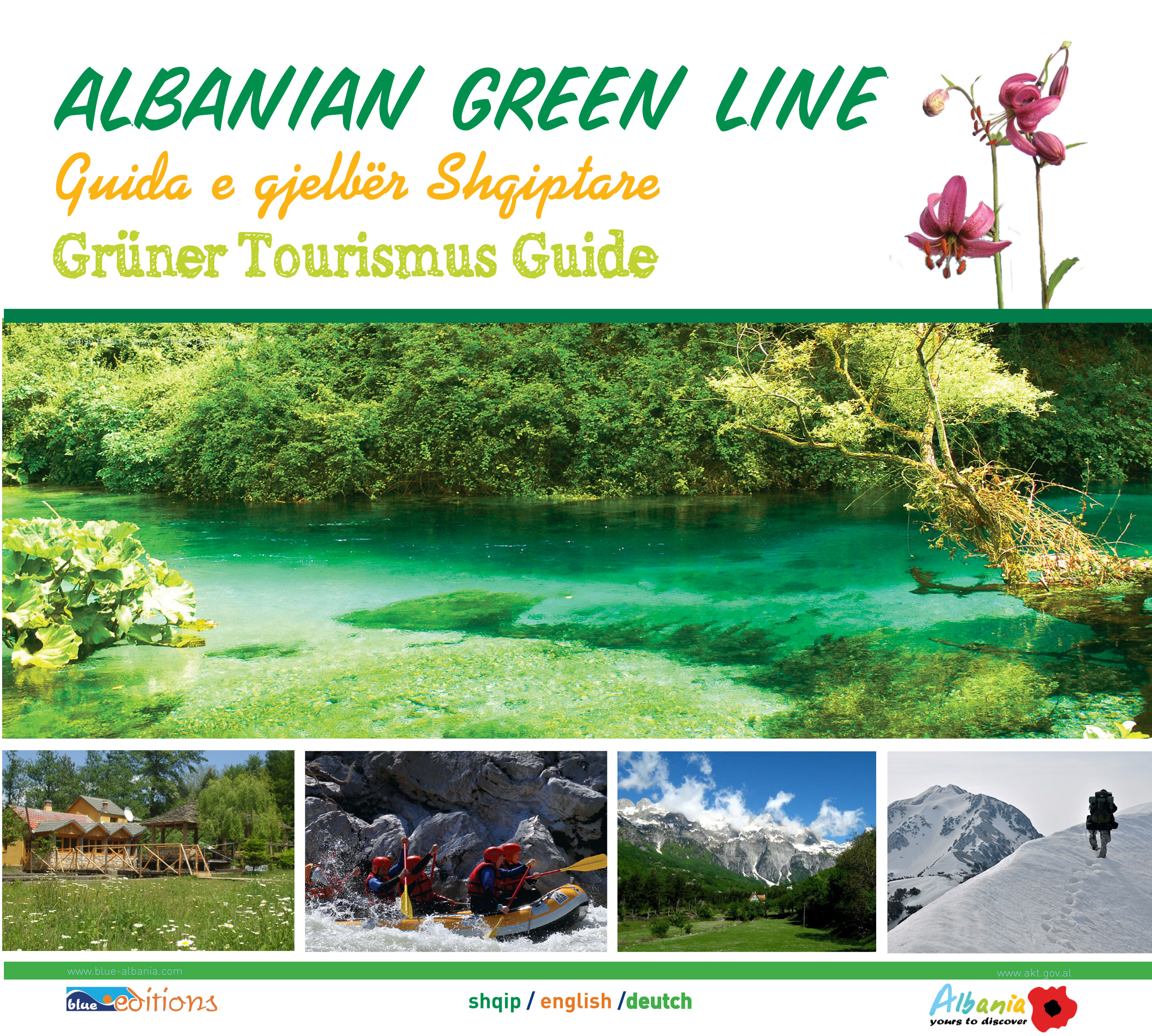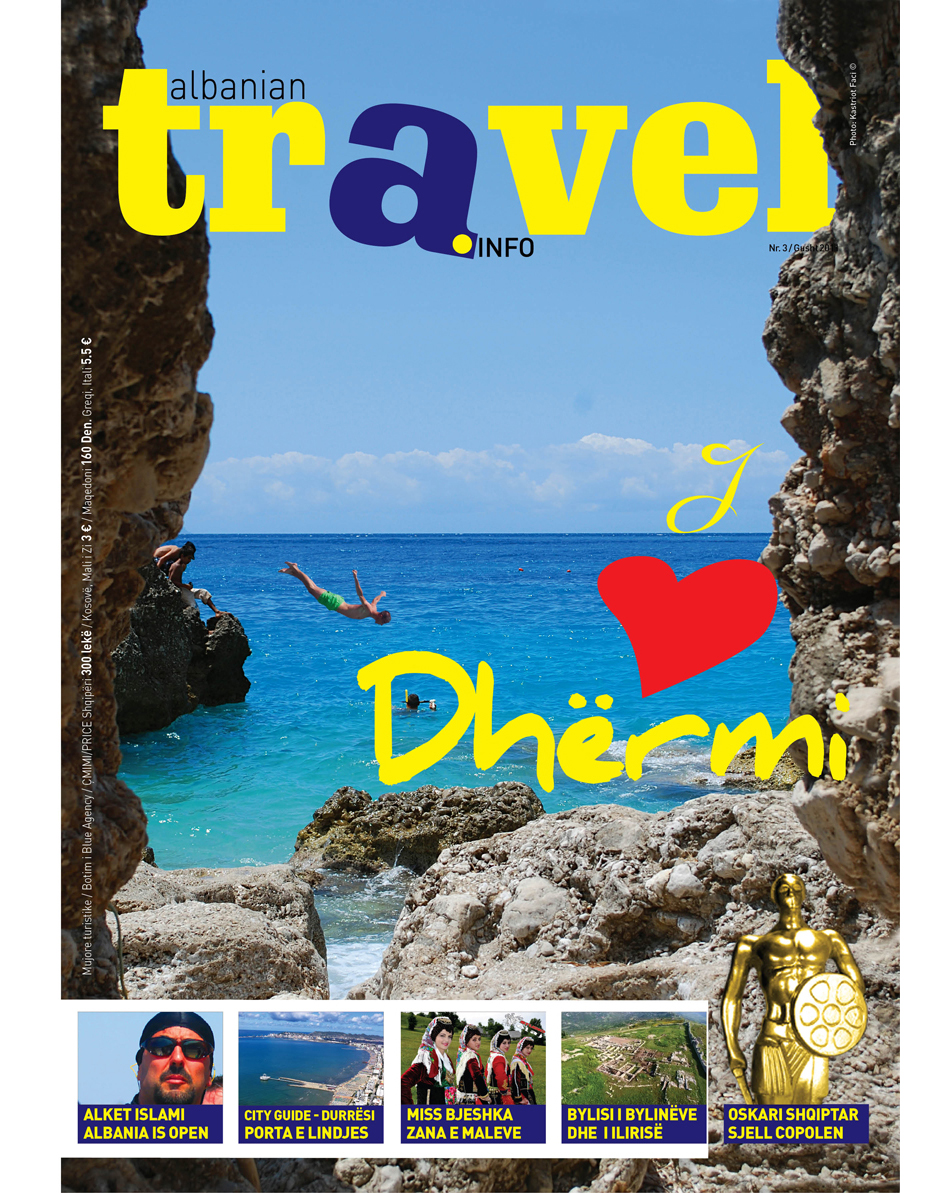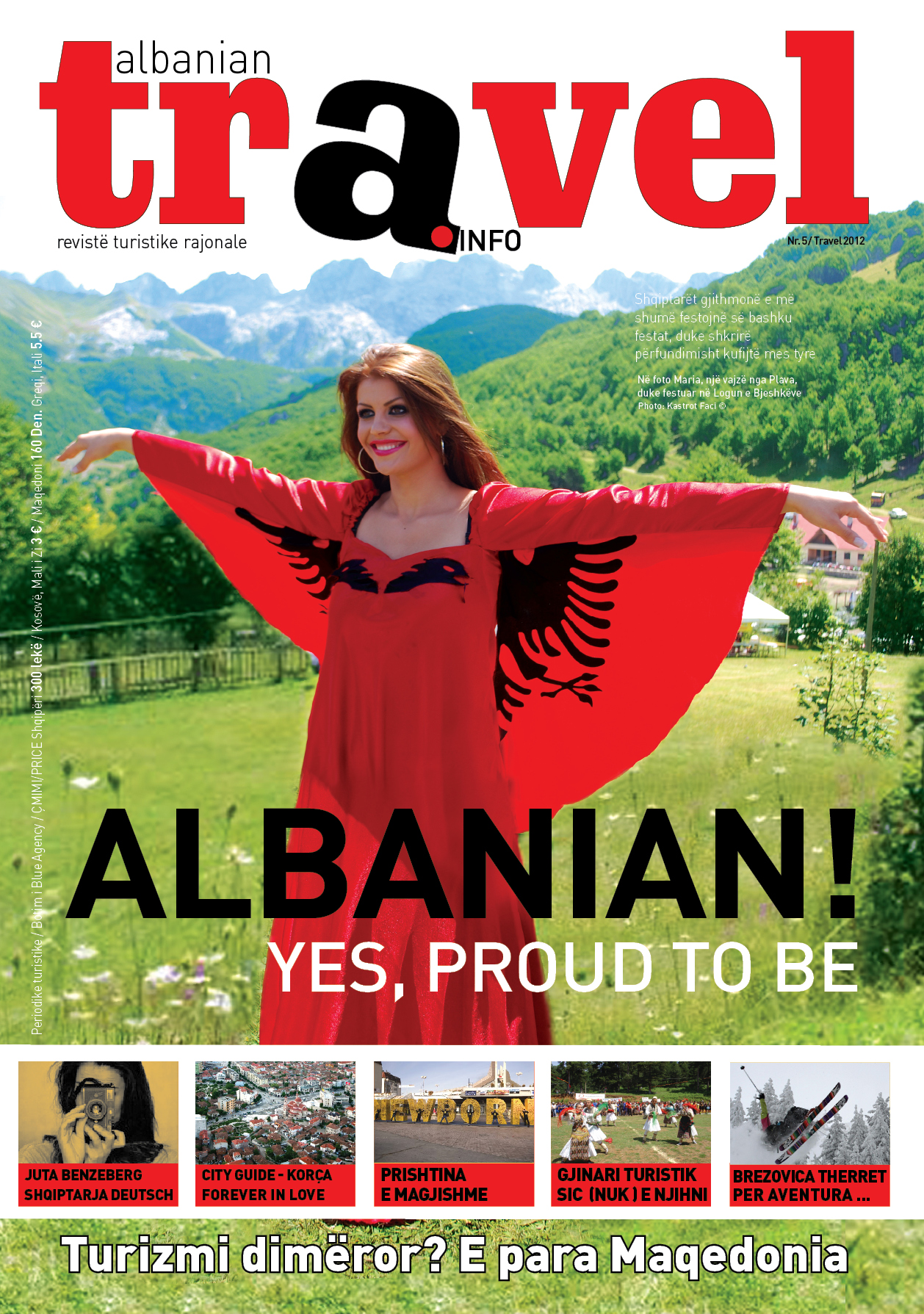Elbasani General Info
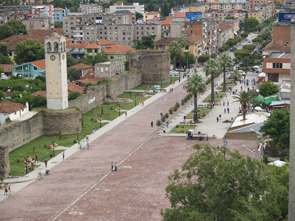
Geographical position
The city of Elbasan lies in the field at the right side of secondary flow of Shkumbini river, at an altitude of 120m above sea level. The city is surrounded on the east by Big and small Krasta, by hills of olive groves in the north-east and north-west, is bordered by the river Shkumbin and hills of Hajdarani in south. The hills create a natural green crown and very panoramic sight for the city. Elbasan district is bordering with Tirana in the North-west, with Peqin district in the West, with district of Lushnja in South-West, with Kucova district in South, with Gramsh district in South-east, and with the district of Librazhd in East.
Climate
the area of Elbasan district, is part of the Mediterranean area and hilly sub-central Mediterranean area. The average air temperature varies from 6.7oC 23.4oC January to July. The absolute minimum temperature is recorded in January 1968, 7.5oC. The maximum-absolute was registered in July 1988 and it was to 42oC. Annual amount of rainfall is 1148 mm. Climate generally recommends light clothing in summer and thick in winter, (also equipped with rain umbrellas) and that mostly dominates the autumn and winter months.
Krasta
Krasta is one of the largest city hills with an area of 150 ha. Located in the east of Elbasan and is covered with high grass coniferous (pine, fir, dellenje, cetrus). The Hill plays a protective role against the erosion and strong winds which attack the zone. Although not listed in city recreation parks, Krasta has re-creative character and is used by citizens as a suburban park. There is a path (not constructed), which serves as a natural itinerary / recreation and a pass for the military services since at the hill is located the military zone and tunnels which hold heavy weapons. Also in the northern part of the hill is situated the water source that supplies the city of Elbasan.
The area of Dumre
It is a known area and also the largest in Albania. The zZone and its capital Belshi in Albania and abroad are identified due to the large number of carst lakes. It lies in an area of 21,500 hectares, where more than 3 percent of its is occupied by the carst lakes, whose number goes to 85. Dumrea’s area lies between the river of Shkumbin in north and Devoll in south, and begins where ends the field of Pazhoku in Cërrik, while the zone ends where it begins Myzeqe’s field. The location at the intersection of important roads connecting Myzeqe with Elbasan area, the valley of Devoll with the of Shkumbini and the highlands around, Vërçë, Sulovë, Shpat, Krrabë and Peqin, has favored the interaction of cultures and historic settlements generated its vital areas. The traditional center area is Belshi. Dumrea’s Center comes as the most densely inhabited by residents of the province, and after it, has begun to develop satisfactory rates. Belshi recently begun is visited by local and foreign tourists and locals believe that very soon the Dumre arear will be "occupied" by tourists, as it deserves as one of the pearls of the Mediterranean carst.
Carst lakes
Their total area amounts to 770 hectares. Greater volume of water in these lakes, has the Merhoes with 3.11 million cubic meters. So, are also lake with 97 acres Çestinja; Seferani 87.5 hectares, 37.5 hectares Dega, while the youngest is Çartallozi lake, with 0.5 hectares. While deeper are Merhoja 61 meters, 51 meters Peraska; Çërraga 29 meters, 8.20 meters, etc. Seferani. Minimum depth is down to 10 meters. Feature of karst lakes of Dumresë, is that are mostly fed by the rain water which fills their holes generally done by temporary surface flow. During the summer season which occurs around 20 lakes dry up temporarily. These lakes have low transparency and in the depth of 15 meters, some of them are noticed signs of presence of acid.
Bysheku
Busheku with it old plane-trees is one of the most beautiful historical and tourist points of Elbasan. He is one of the most traditionally preferred by the inhabitants. Bysheku is located in the south of the city, in the valley Shkumbini, to the left of his flow. It's a tourist point with multiple water sources, where we can distinguish a source of carst, with a flow of 70 liters per second twhich comes out from the foot of a giant rock. This point is located in the commune of Shushice in the village of the same name, about 9 km from the city of Elbasan. The locals feel lucky that nature has given a valuable asset so natural. Bysheku is an area filled with old plane-trees and cold water sources, whose beauty becomes more impressive when you try to drink it. It is an area with a strong tourist potential if somebody would invest in it, it would become a real pearl of nature tourism.
The oak-tree of Lleshani
With 500 years of age it has already been turned into natural value, which will survive for centuries more, on a small hill in the village of Lleshan, about 15 km from the city of Elbasan. In 2002, the tree was declared monument of nature, for the kind of values it has. About the year 2005 - 2006 World Vision conduced in an investment of around 1.8 million lek to surround the oak-tree with wooden railing, two pair of scale as well as restore the source located very close to it.
The Mountain of Gradishta. Belsh. Recognized and named as "the rock of Gradishta”. Represents the event remains in Gypsum karst of permo-triasi. 350 m high, several hundred meters long and about 100 m wide. On the ridge keeps archaeological remains of a prehistoric settlement. Cërrik-Belsh-Gradishtë itinerary.
The cave of Graceni. Established in limestone of Crete, it has not yet been explored. The known length is about 20 m. Elbasan-Gracen itinerary.
Hydro-monuments
The lake of Dega. Dumre tableland, 160 m above sea level. Karst lake 1600 m long, about 300 m wide, 17.9 m deep, and 37.4 ha of surface It is the most beautiful in the Dumre characterized rich living world. Water temperature goes from 7.8 to 8 degrees C. In Up to 15 m depth, dissolves oxygen content in water in 1.5 mg / l. Below this depth, appears the sulphydric acid. Cërrik-Belsh-Dega Lake.
The thermal waters of Hibraj. About 200 m above the sea level. Resources are in temperature around 400 C. It is for long used for treatment of diseases arthritis, rheumatism etc. There are hotel facilities and medical service, improved to the last 10 years. An Oak forest is near there, which is a monument of nature.
Elbasan-Bridge of Shkumbini-Thermal Waters road.
The oak-tree of Lleshani.












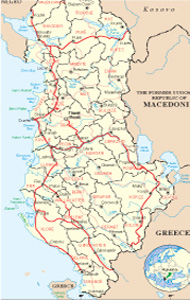




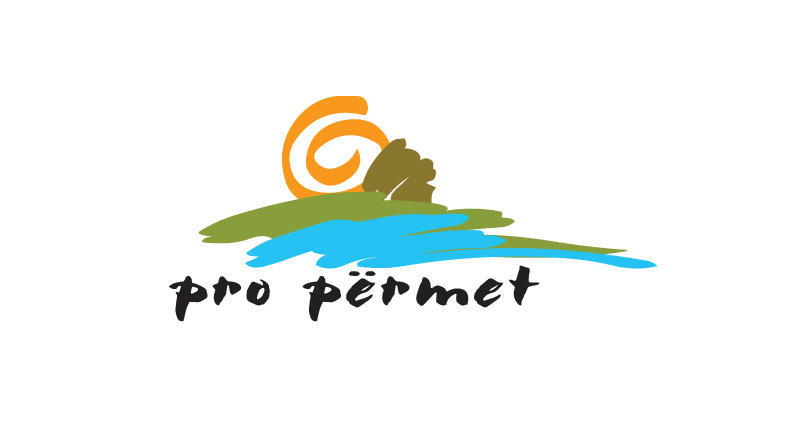

.jpg)
